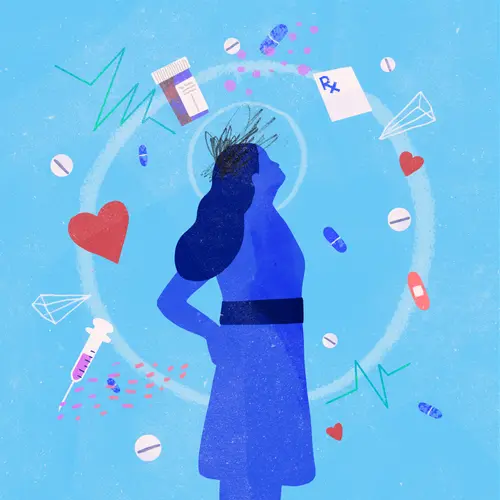Primary hyperoxaluria type 1 (PH1) is one of a group of rare diseases that are genetic, or inherited from your parents. Primary hyperoxalurias affect your metabolism -- your body's process for turning food into energy.
When you have PH1, high amounts of a natural substance called oxalate build up in your kidneys. It can damage them, and the damage can then spread to other parts of your body.
How Rare Is It?
Primary hyperoxaluria (PH) diseases affect only about 1 in 58,000 people. Type 1 is the most common form. About 80% of people with primary hyperoxaluria have type 1.
What Causes Primary Hyperoxaluria Type 1?
People with PH diseases are born with mutations, or incorrect codes, in certain genes. Because of this, they don’t have enzymes that keep their bodies' levels of oxalate stable.
If you have PH1, you have a mutation in your AGXT gene. This causes you to lack an enzyme called alanine-glyoxylate aminotransferase. Without this enzyme, your body can’t break down and process a protein called glyoxylate.
Too much glyoxylate can build up and turn into oxalate, which combines with calcium in your urine to form crystals. Your kidneys can’t flush out the oxalate crystals, and they cause kidney damage.
Who Gets Primary Hyperoxaluria Type 1?
Primary hyperoxaluria type 1 is a recessive genetic disease. That means you inherit two copies of the mutation in your AGXT gene, one from each of your parents. Your parents might not show signs of the disease because they may each only have one copy of the mutation.
If your parents are related to each other, they’re more likely to each have a copy of the mutated gene. These couples are at higher risk of having children with PH diseases. PH1 affects men and women equally.
What Are Complications of Primary Hyperoxaluria Type 1?
PH1 can lead to serious kidney complications, like:
- KIdney stones, also called recurrent nephrolithiasis
- Nephrocalcinosis, a buildup of calcium oxalate in your kidneys
- End-stage renal disease, when your kidneys fail
As your kidneys fail, the hard oxalate crystals can spread to other parts of your body. They can build up in the:
- Bones
- Skin
- Eyes
- Heart
- Blood vessels
- Central nervous system
What happens in the later stages of PH1 depends on which organs are affected by the oxalate buildup. You can develop serious, painful, or life-threatening problems, including:
- Broken bones
- Irregular heartbeat
- Eye disease
- Strokes
- Enlarged liver
- Peripheral neuropathy, a painful type of nerve damage
Disease Shows Up at Different Ages
Even people in the same family who have PH1 can be affected in different ways.
People can first have signs of the disease at any point from infancy through middle age. You could live with the gene mutation for years and never have symptoms. You may not find out you have PH1 until you get tested because someone else in your family was diagnosed with it.
Severe infantile form. About 10% of people with PH1 first show signs in infancy or early childhood, when they have serious calcium oxalate buildup in their kidneys. These children may fail to thrive. That means they don’t grow as expected for healthy children their age. They not only have calcium buildup in their kidneys, but calcium stones in other parts of their urinary tracts like the bladder or urethra.
Childhood or adolescent form. Most people with primary hyperoxaluria type 1 have the first signs in childhood or their early teen years. They may repeatedly have stones in their kidneys, bladders, or urethras. An early warning sign may be bed-wetting.
Adult form. Some people don't learn that they have the disease until they’re adults, even in their 50s. They may only find out when they have continuing problems with kidney stones. PH1 is considered milder when you don't have symptoms until adulthood. Still, up to half of people who are diagnosed with PH1 as adults have serious kidney disease. Some don’t learn they have it until they’ve had a kidney transplant and still have chronic kidney disease.
No matter when you’re diagnosed with primary hyperoxaluria type 1, it’s important to work with your doctor and start treatment as soon as possible to prevent complications.

